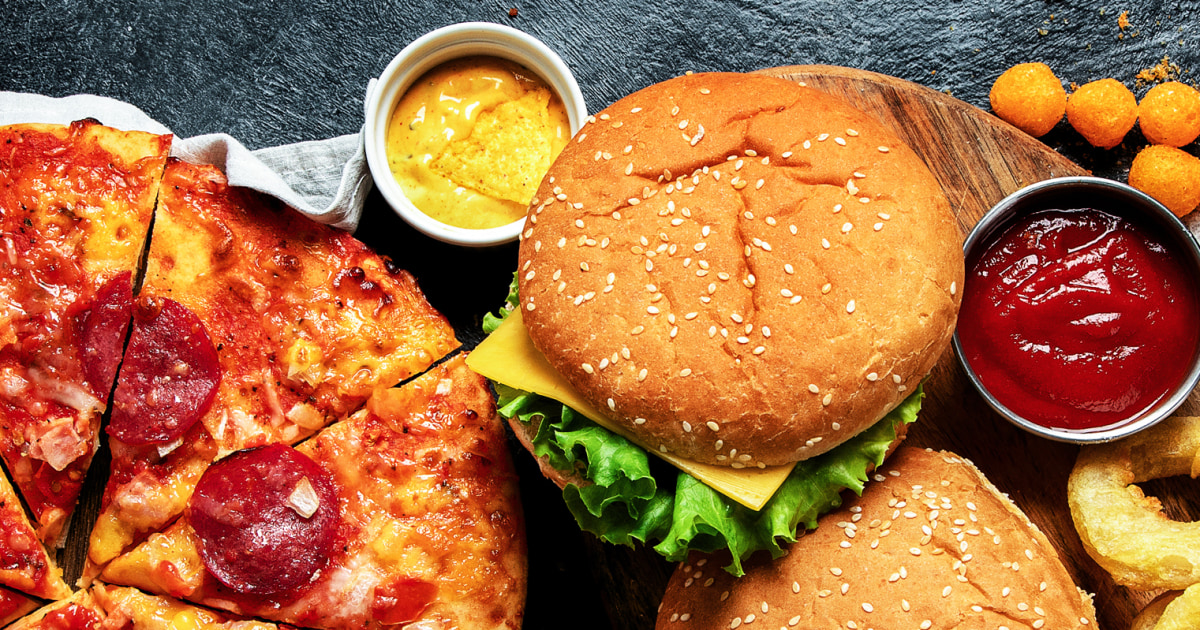Ultra-Processed Foods Dominate American Diets, Posing Health Risks
New reports indicate over half of American daily calories, particularly among youth, come from ultra-processed foods, linking to increased risks of obesity and chronic health conditions.
Overview
- Over half of daily calories for Americans, including children and adults, are derived from ultra-processed foods, according to recent federal reports and studies.
- Children and teenagers consume the highest proportion, with nearly 62% of their daily calories from these foods, while adults average around 53%.
- Older adults and wealthier individuals tend to consume a smaller share of their total calories from ultra-processed foods compared to younger or less affluent groups.
- High consumption of ultra-processed foods is strongly linked to adverse health outcomes, including weight gain, obesity, and various chronic conditions like cancer and diabetes.
- While consumption remains high, there has been a slight decrease in the intake of ultra-processed foods in the US from the 2017-18 period to August 2021 23.
Report issue

Read both sides in 5 minutes each day
Analysis
Center-leaning sources frame this story by emphasizing the pervasive consumption and negative health implications of ultra-processed foods. They highlight expert concerns and scientific links to chronic diseases, while also offering practical advice for reduction. The narrative underscores the foods' "unhealthy" attributes and the growing public health challenge they represent.
Articles (3)
Center (2)
FAQ
Ultra-processed foods are industrial formulations made mostly from substances extracted or derived from foods and contain additives to create hyper-palatable products. They differ from processed foods as they undergo multiple industrial processes and often have little or no whole foods, unlike minimally or simply processed foods which retain more natural components.
Children and teenagers consume the highest proportion of ultra-processed foods, with nearly 62% of their daily calories coming from these foods, whereas adults average about 53%. Older adults and wealthier individuals tend to consume a smaller share of their calories from ultra-processed foods.
High intake of ultra-processed foods is linked to weight gain, obesity, and increased risks of chronic diseases including cancer and diabetes, likely due to their high levels of saturated fats, salt, sugar, and various additives.
There has been a slight decrease in the intake of ultra-processed foods in the US from the 2017-18 period to August 2021, although overall consumption remains high.
Common ultra-processed foods include soft drinks, many packaged snacks, mass-produced breads and pastries, flavored yogurts, instant soups, ham and sausages, crisps, biscuits, ice cream, carbonated drinks, and some alcoholic beverages like whisky, gin, and rum.
History
- This story does not have any previous versions.

